The 1980s were obsessed with the future, and who could blame them? With personal computers arriving in homes and space shuttles launching regularly, it felt like anything was possible by the year 2000. Movies, TV shows, magazines, and futurists all took their best shots at predicting what life would look like in the decades ahead, creating a fascinating time capsule of hopes, dreams, and hilariously wrong assumptions that now seem charmingly naive.
1. Flying Cars Would Replace Regular Cars by 2000
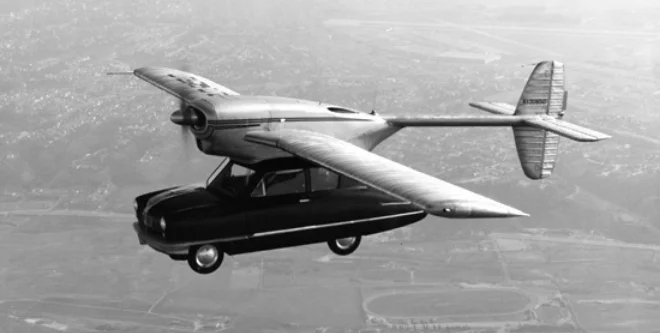
Every futurist in the ’80s seemed absolutely certain that traffic jams would be solved by taking to the skies, with personal flying vehicles becoming as common as station wagons. Movies like “Back to the Future Part II” and “Blade Runner” depicted futures where cars routinely soared between buildings, making ground-level transportation seem quaint and outdated. The logic seemed sound—if we could put a man on the moon, surely we could get a DeLorean airborne with the family inside. Science News does assure us this marvel may take flight in the near future.
The reality, of course, is that flying cars remain firmly in the realm of expensive prototypes and YouTube videos that get millions of views. The practical challenges of air traffic control, fuel consumption, and the basic fact that most people can barely parallel park were vastly underestimated. Instead of flying cars, we got better cup holders and satellite radio, which honestly feels like a fair trade when you consider the alternative of your neighbor trying to land his airborne minivan in your driveway.
2. Robots Would Do All Our Household Chores
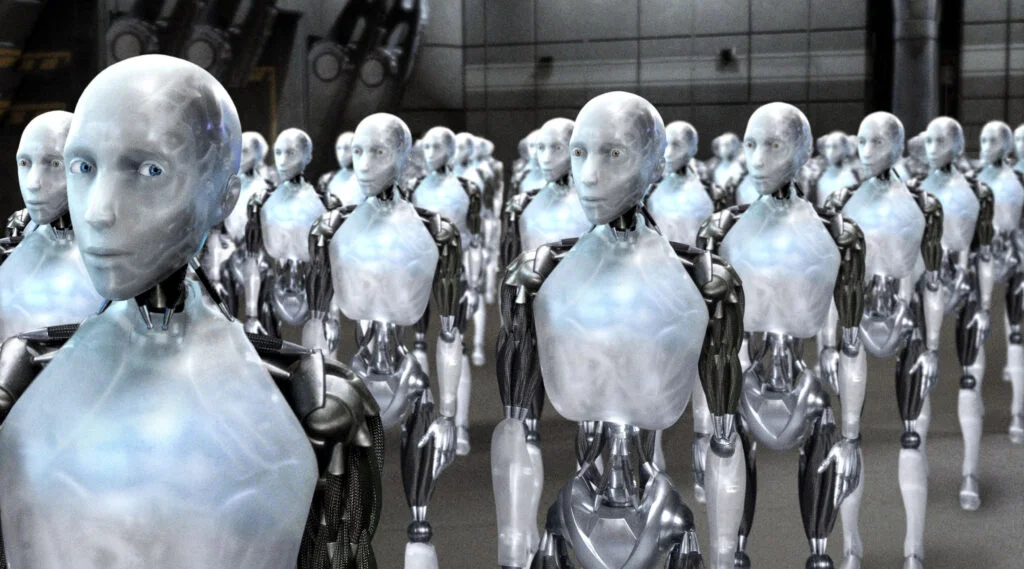
The ’80s were convinced that by now, every home would have a humanoid robot butler capable of cooking, cleaning, and carrying on conversations about the weather. Shows like “The Jetsons” had already established the template with Rosie the Robot, and emerging AI technology made it seem like a natural progression. The robots were always depicted as friendly, efficient, and just human enough to be good company without being creepy. According to The Stanford Daily, these household helpers are a project many devoted minds are working on.
Today’s reality is a Roomba that gets stuck under the couch and occasionally attacks a pile of dog hair with the determination of a tiny, confused warrior. While we do have robotic vacuum cleaners and voice assistants, they’re more like very expensive appliances than the sophisticated companions we were promised. The closest thing we have to a robot butler is asking Alexa to order more paper towels, which feels less like living in the future and more like talking to a particularly helpful shopping list.
3. Everyone Would Work from Home via Video Calls

This one was actually pretty accurate in concept, though the ’80s version involved much more elaborate technology and significantly better hair. Futurists predicted that commuting would become obsolete as everyone conducted business through video conferencing systems that looked like something from the bridge of the Enterprise. The idea was that technology would free us from offices, allowing people to work from anywhere while maintaining face-to-face contact with colleagues. Of course, as recounted by Forbes, working from home has developed quite an eventful history, and a future full of possibilities.
The prediction was spot-on, but the timeline was off by about thirty years, and the reality is far less glamorous than anticipated. Instead of sleek video screens built into our walls, we’re hunched over laptops in our pajamas, desperately trying to mute ourselves before the dog starts barking. The ’80s envisioned video calls as formal, professional affairs conducted in dedicated home offices, not the chaotic reality of trying to look presentable from the waist up while wearing fuzzy slippers and hoping the internet doesn’t cut out mid-sentence.
4. We’d All Have Personal Jet Packs for Transportation
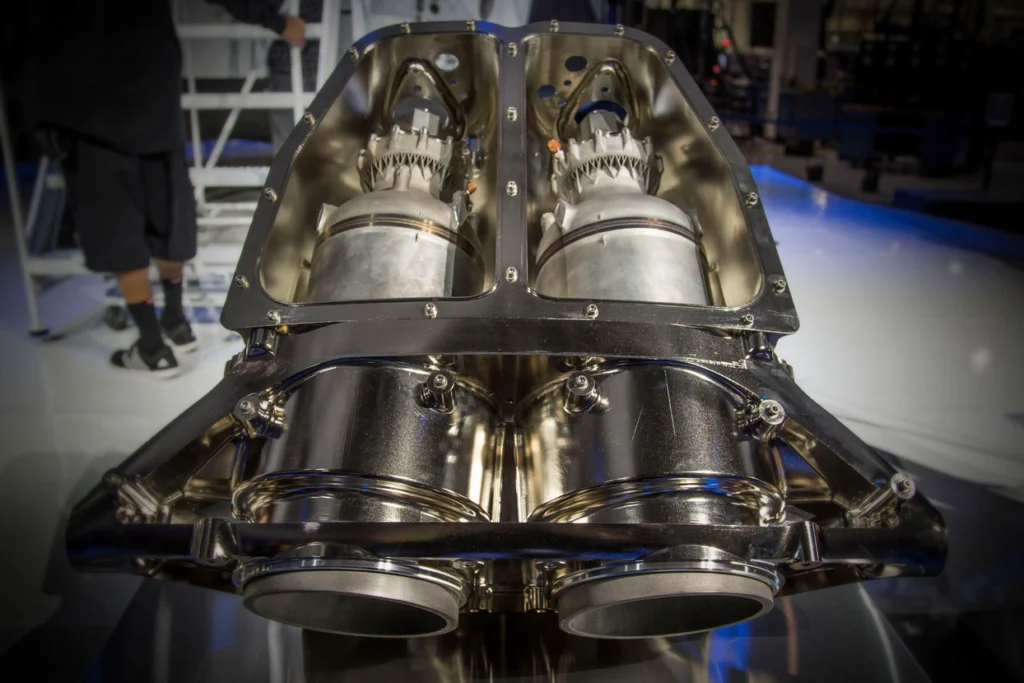
The jet pack was the ultimate symbol of future transportation in ’80s imagination, promising to make every commute feel like a scene from a science fiction movie. Popular Science magazine regularly featured articles about how jet pack technology was just around the corner, and movies showed heroes zooming around cities with the ease of walking. The idea seemed perfectly logical—if we could master rocket technology for space travel, surely we could scale it down for personal use.
The reality is that jet packs exist but remain impractical novelties that can barely fly for a few minutes before running out of fuel. The technology requires enormous amounts of energy, creates noise levels that would make leaf blowers seem whisper-quiet, and has a safety record that makes motorcycles look like rocking chairs. Instead of jet packs, we got electric scooters that can barely handle a sidewalk crack, which feels like the universe’s way of saying we’re not quite ready for personal flight technology.
5. Paper Money Would Be Completely Obsolete

The ’80s were certain that cash would disappear entirely, replaced by electronic transactions conducted through cards, computers, or even more futuristic payment methods. The logic was compelling—credit cards were becoming more common, ATMs were spreading everywhere, and electronic banking seemed like the obvious next step toward a cashless society. Futurists predicted that by 2000, carrying physical money would seem as outdated as bartering with livestock.
While we’ve certainly moved toward digital payments, cash has proven remarkably resilient and stubbornly useful in ways that ’80s futurists didn’t anticipate. Garage sales, tip jars, and the occasional need to split a dinner check still require actual paper money, and there’s something reassuring about having a twenty-dollar bill in your wallet for emergencies. Instead of eliminating cash entirely, we’ve just added more payment options, creating a world where you can pay for coffee with your phone, your watch, or good old-fashioned dollars, depending on your mood and the functionality of the card reader.
6. Food Would Come in Pill Form

The idea that nutrition could be condensed into convenient pill form captured the ’80s imagination like nothing else, promising to eliminate cooking, shopping, and the inconvenience of actually eating food. Science fiction movies and TV shows regularly featured characters consuming their entire daily nutritional needs through a handful of colorful capsules. The concept seemed efficient and futuristic—why waste time preparing and consuming meals when you could get everything your body needed in concentrated form?
This prediction completely missed the mark because it ignored the fundamental human relationship with food that goes far beyond mere nutrition. People actually enjoy the taste, texture, and social aspects of eating, none of which can be replicated in pill form. While we do have protein powders and vitamin supplements, the idea of replacing actual meals with pills has proven about as appealing as replacing music with mathematical equations—technically possible but missing the entire point of the experience.
7. Computers Would Be Room-Sized and Require Special Training
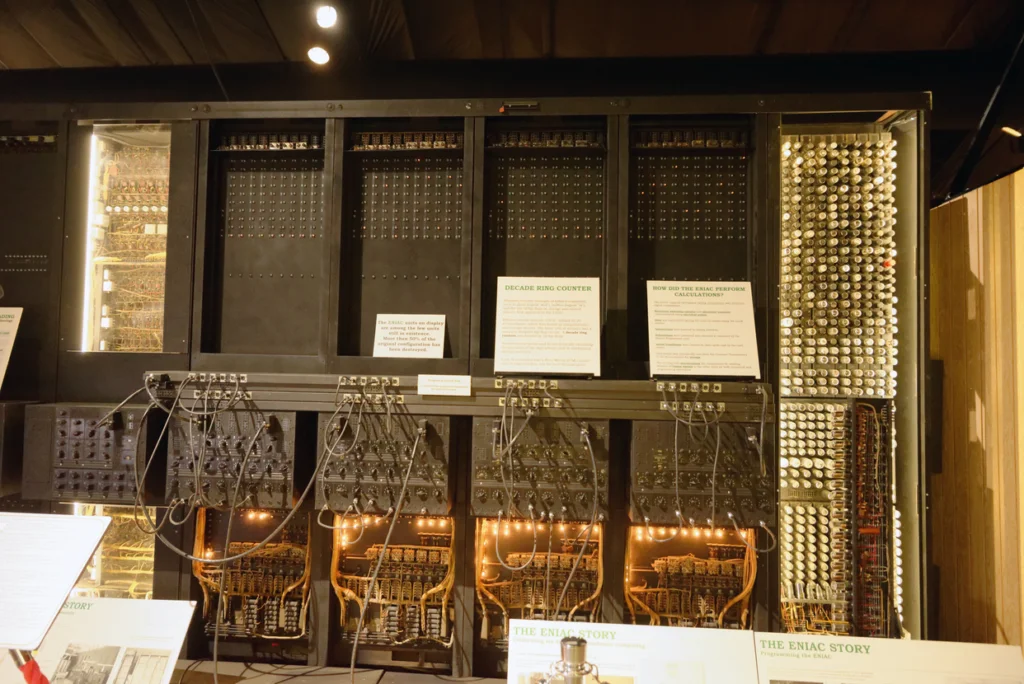
While the ’80s correctly predicted that computers would become central to daily life, they vastly overestimated how complicated and physically large they would remain. Popular depictions showed home computers as massive installations that required dedicated rooms and specialized knowledge to operate. The assumption was that as computers became more powerful, they would necessarily become more complex and physically imposing, like electronic versions of pipe organs.
The reality went in completely the opposite direction—computers became smaller, simpler, and more intuitive with each passing year. Instead of room-sized installations, we ended up with devices that fit in our pockets and are powerful enough to run circles around those ’80s predictions. The idea that every household would need a computer room seems quaint now that most people carry more computing power in their smartphones than NASA used to send people to the moon.
8. Shopping Would Happen Entirely Through TV Screens

The ’80s predicted that retail stores would become obsolete, replaced by interactive television systems that would allow customers to browse and purchase everything from the comfort of their living rooms. The technology was already emerging with early home shopping networks, and it seemed logical that this would evolve into comprehensive electronic shopping systems. Futurists envisioned elaborate TV-based catalogs that would make traditional stores seem primitive and inefficient.
This prediction was partially correct but missed the mark on execution—we do shop electronically, but through computers and phones rather than television screens. The social and experiential aspects of shopping proved more important than efficiency alone, which is why physical stores still exist alongside online retailers. Instead of replacing stores entirely, electronic shopping became one option among many, and the rise of experiential retail showed that people still value the ability to touch, try, and immediately take home their purchases.
9. Everyone Would Live in Underground Cities

Environmental concerns and population growth led ’80s futurists to predict that cities would expand downward rather than outward, with elaborate underground complexes housing entire communities. The idea seemed practical—underground living would provide protection from weather, pollution, and overcrowding while freeing up surface land for parks and agriculture. Science fiction regularly depicted sophisticated subterranean societies with artificial lighting systems that mimicked natural sunlight.
The reality is that most people prefer natural light, fresh air, and the psychological benefits of being connected to the surface world, making underground living appealing only in very specific circumstances. While we do have underground shopping centers and transportation systems, the idea of entire residential communities living like moles proved less attractive than anticipated. Instead of going underground, cities grew upward and outward, and suburban sprawl continued to be more popular than burrowing, regardless of the environmental logic.
10. Newspapers Would Be Delivered Electronically to Home Printers

The ’80s correctly anticipated that news would become electronic but imagined a system where newspapers would be transmitted to home printers, allowing people to receive fresh news on paper without the need for physical delivery. This seemed like the perfect compromise—maintaining the familiar format of printed news while eliminating the logistics of printing and distribution. Home computer systems were beginning to include printers, making this prediction seem technically feasible and economically sensible.
This prediction missed the mark by assuming that people would want to maintain the paper format while gaining electronic convenience. Instead, we skipped the printing step entirely and went straight to reading news on screens, whether computers, tablets, or phones. The idea of printing out our daily news now seems wasteful and unnecessarily complicated, like downloading music just to burn it onto CDs—technically possible but missing the point of digital convenience.
11. Weather Control Would Eliminate Natural Disasters

The ’80s were optimistic about humanity’s ability to control and modify weather patterns, predicting that technology would eventually allow us to prevent hurricanes, redirect tornadoes, and eliminate droughts through scientific intervention. The decade’s fascination with large-scale engineering projects made weather control seem like a natural progression from cloud seeding and other early atmospheric manipulation techniques. Movies and TV shows regularly featured weather control as a routine government service, like traffic management or garbage collection.
This prediction vastly underestimated the complexity and scale of weather systems, not to mention the unintended consequences of trying to manipulate them. While we’ve gotten much better at predicting weather, controlling it remains firmly in the realm of science fiction, and recent climate change discussions have made us more aware of how easily human activity can disrupt natural systems. Instead of controlling weather, we’ve learned to adapt to it, and our best technology focuses on early warning systems rather than prevention.
12. Personal Computers Would Replace Television Entertainment
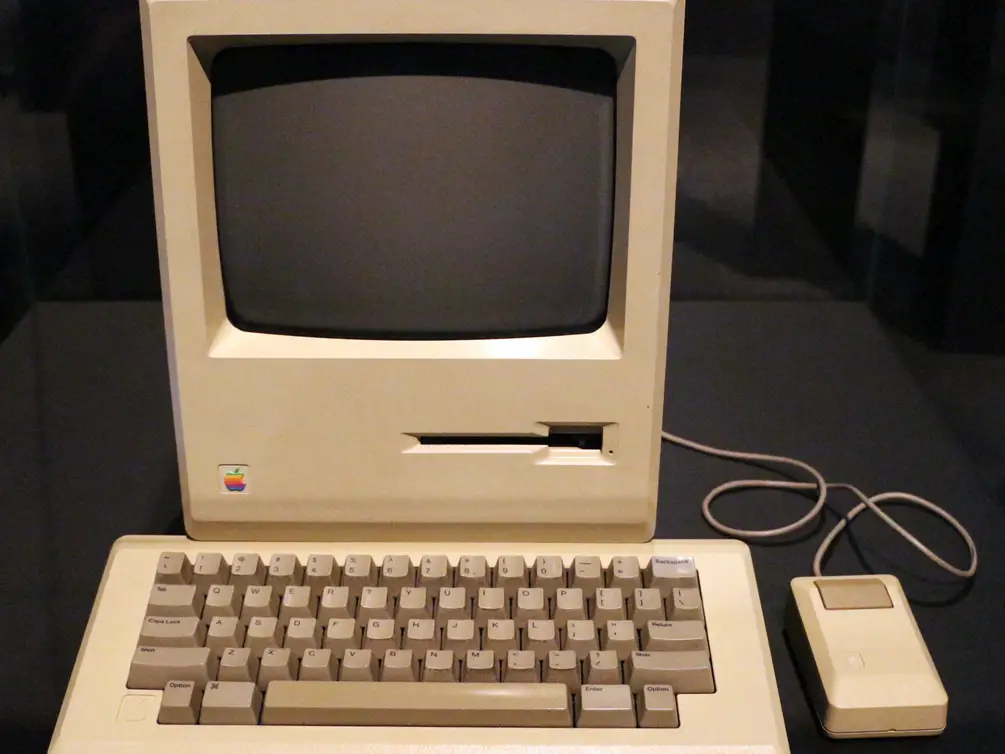
The ’80s predicted that as computers became more common and capable, they would replace television as the primary source of home entertainment, with families gathering around computer screens for interactive entertainment. Early computer games and educational software seemed to point toward a future where passive television viewing would be replaced by active computer interaction. The assumption was that given the choice between watching shows and participating in computer activities, people would naturally prefer the more engaging option.
This prediction partially came true but in unexpected ways—we did start spending more time with screens, but television evolved rather than disappearing, and our devices merged into smartphones and tablets that combine both functions. Instead of replacing TV, computers created more screen time overall, and streaming services made television more interactive and personalized. The idea that families would abandon the couch for computer chairs proved wrong because people still enjoy the passive, communal experience of watching shows together.
13. Space Tourism Would Be as Common as Air Travel
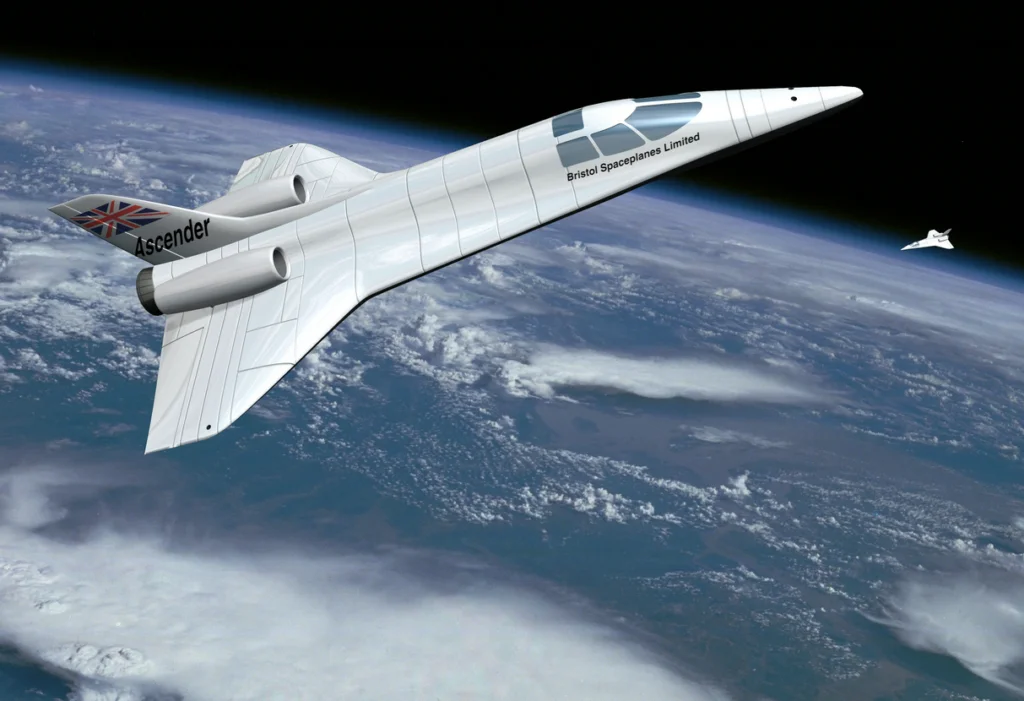
The ’80s space program success and private industry interest led to predictions that space tourism would become affordable and routine by 2000, with regular flights to orbital hotels and lunar vacation destinations. The Space Shuttle program made space travel seem reliable and repeatable, and the decade’s entrepreneurial spirit suggested that private companies would quickly develop commercial space travel. Popular culture depicted space tourism as the next logical step in vacation evolution, as natural as the progression from trains to airplanes.
While space tourism does exist today, it remains an expensive novelty for the ultra-wealthy rather than a mainstream travel option, and lunar vacations are still firmly in the planning stages. The costs, risks, and technical challenges of space travel proved far more persistent than ’80s optimism anticipated. Instead of space hotels, we got better earthbound resorts and more accessible international travel, which turned out to satisfy most people’s desire for exotic vacation experiences without requiring rocket ships or space suits.
The 1980s got a lot wrong about the future, but their optimistic vision of technological progress and human capability remains charming and inspiring. While we didn’t get flying cars or robot butlers, we did get smartphones, GPS navigation, and the ability to video chat with someone on the other side of the planet—innovations that would have seemed just as magical to someone from 1985. The real lesson from these missed predictions isn’t that the ’80s were wrong, but that the future has a way of surprising us in directions we never thought to imagine.


